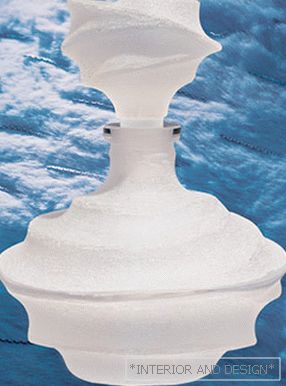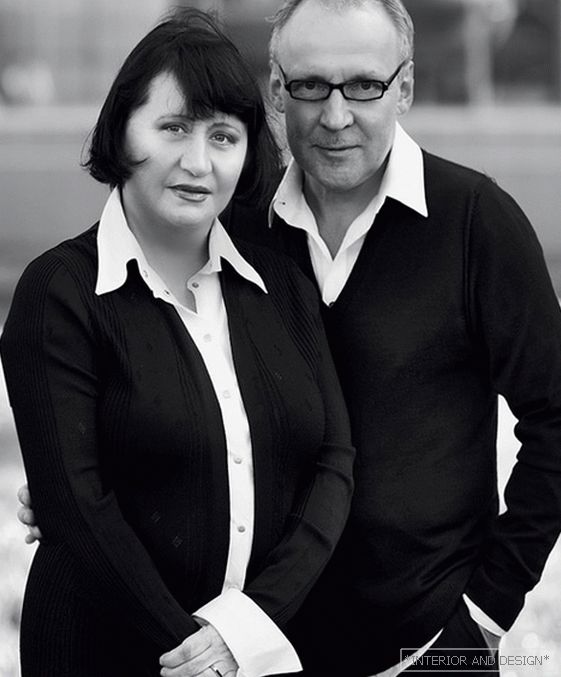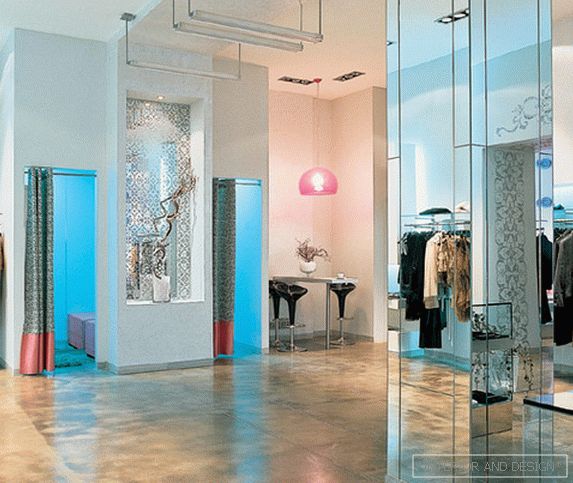The colors of mustard, saffron, and turmeric are associated with the East, its nature, its warm climate. Anna Annenkova reflects on the shades of oriental spices in the interior
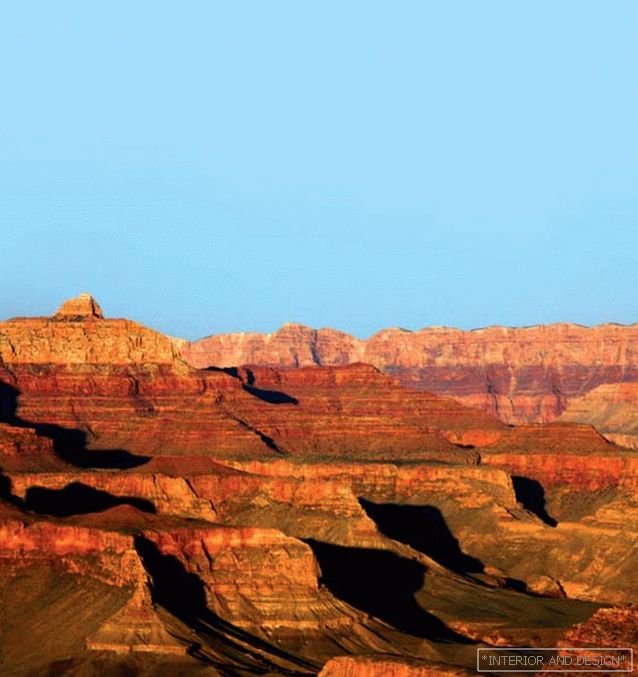
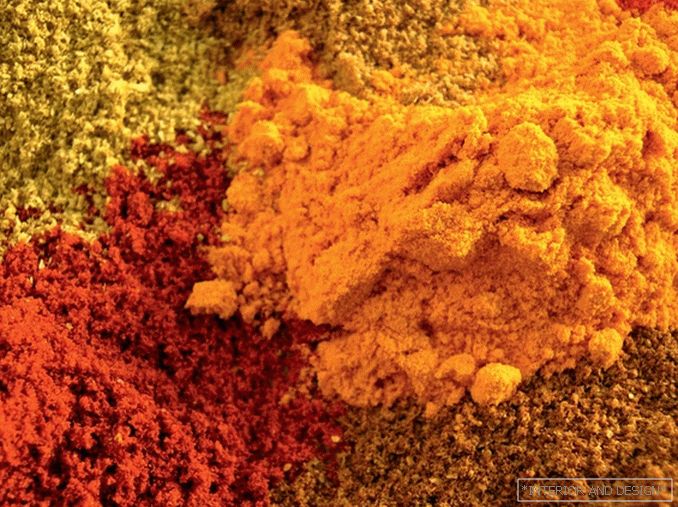
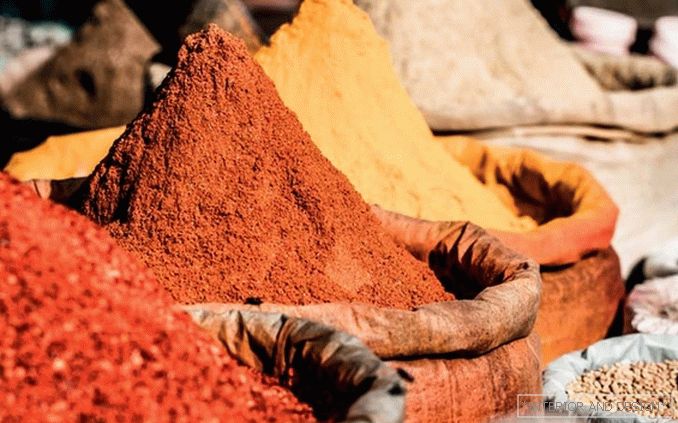
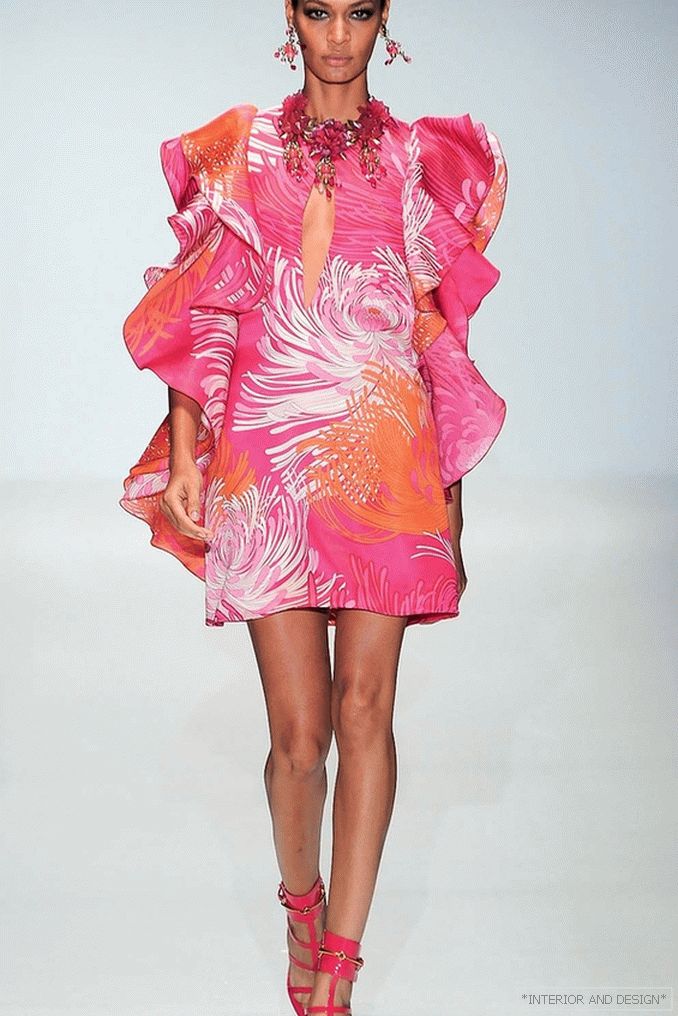
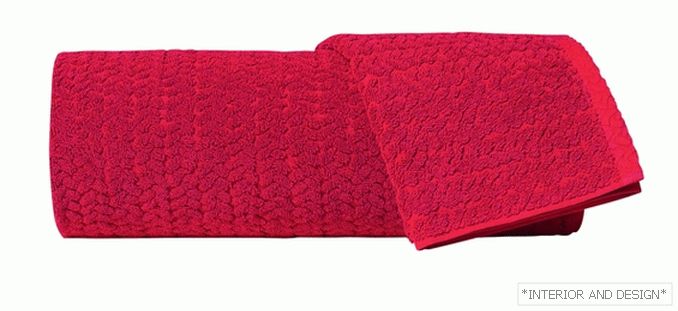

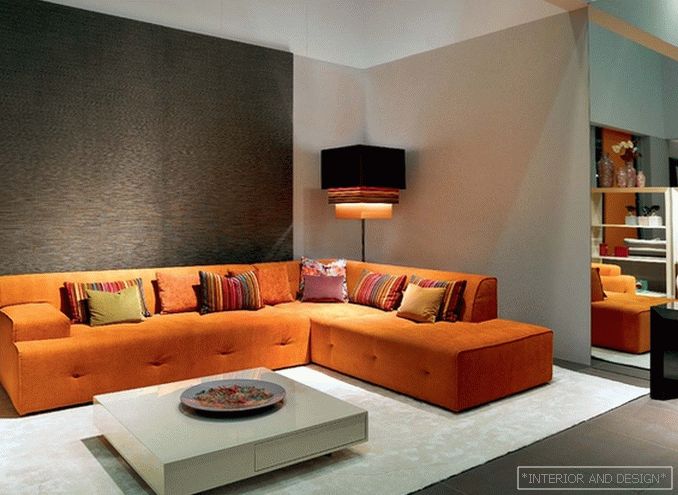
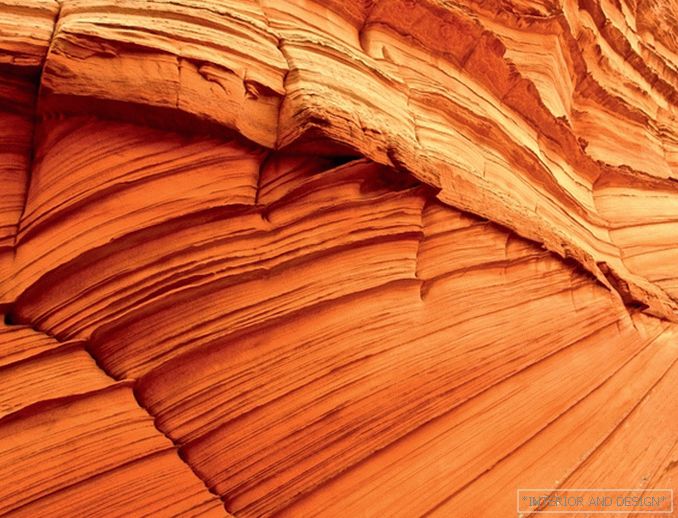
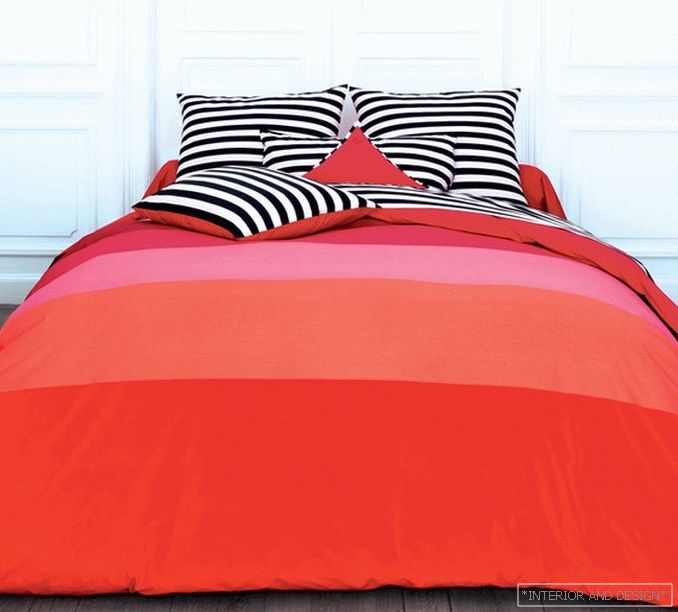
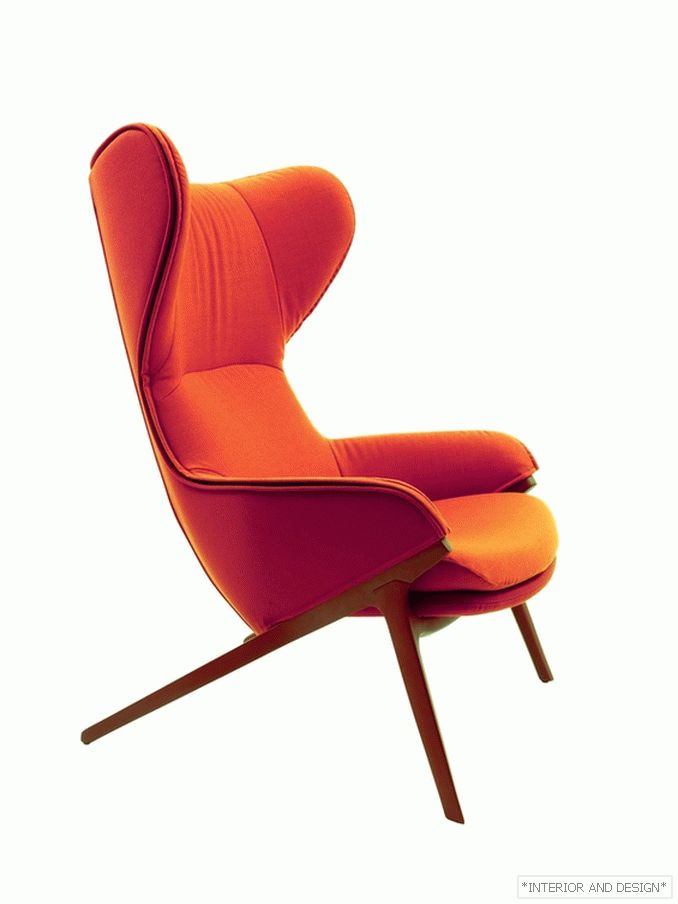
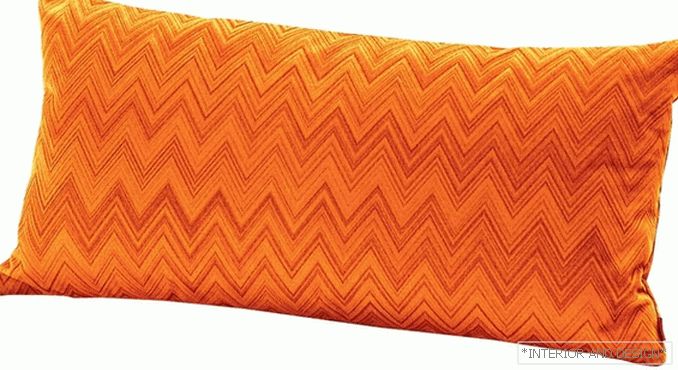
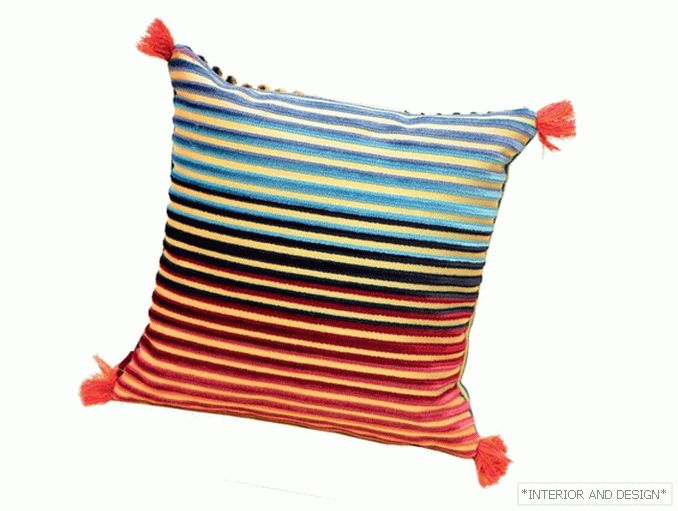 Passing the gallery
Passing the gallery Interview prepared: Julia Sakharova
A photo: - press services, - sxc.hu
Magazine: (184) 2013
Turmeric is the main ingredient in curry powder and is used as a dye in mustard. Turmeric has a pungent taste and ability to stain. As a dye, it is widely used in oriental ceramics. Saturated color combines well with similar in tone ocher shades and orange. The color of turmeric can act as a background for accents of red or bright fuchsia.
Saffron is an extract from the crocus plant growing in countries with a warm climate, including countries in the Eastern Mediterranean. For one kilogram of saffron requires about 70 thousand flowers. Saffron is still one of the most expensive goods in the world today, so for me it represents wealth. Spice, which for centuries has been valued for its weight in gold, also has the color of gold. The dye present in saffron gives a deep yellow-golden hue. For example, for me, saffron is Greece. The saffron – yellow shade of the houses against the background of the deep – blue sky, the color of which acts as an additional color to the saffron. By the way, here is a hint with which saffron can be combined in the interior.
Ocher includes the whole range of red and yellow earth pigments. (Recall that the prehistoric murals in the caves were made using these pigments. So why not bring some “ethnic” and even “prehistoric” details into the ocher color?) Combining the two “hot” colors, the protection gives us the warmth of summer sun and a huge amount of energy.
The shade of cinnamon is more restrained; it is the well-known color of dried bark of a cinnamon tree. I wrote this line and seemed to feel the sweet cinnamon flavor. By the way, cinnamon (cinnamon) from Latin is translated as “sweet tree”. Warm and lively, the color of cinnamon is very good in combination with golden hues and additional shades of blue gamut.
And indeed, shades of blue, blue, turquoise in such a “hot” interior as the water in the desert. Add "water". Or, alternatively, add any other color that contains cold pigment. For example, cold pink or fuchsia. Placing such a color next to the “hot” one will prevent the interior from overheating. ”

